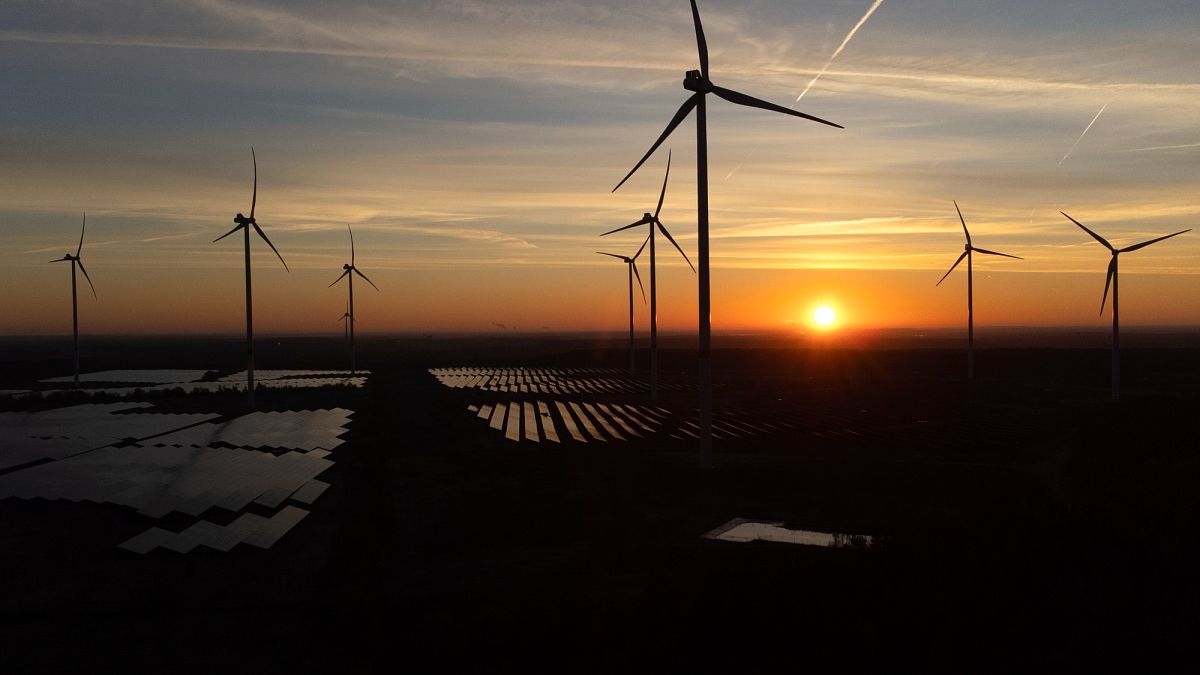

As the world journeys toward sustainability, a thoughtful examination of diverse strategies reveals both challenges and opportunities in the pursuit of a greener future. At the heart of this transition lies the nuanced landscape of renewable energy, where misconceptions linger despite its promising benefits. Meanwhile, places like Kazakhstan’s Katon Karagay and the evolving city of Biscay illustrate the delicate balance between embracing progress and safeguarding cultural and environmental essence. Concurrently, the pressing reality of climate change is underscored by Portugal’s proactive measures against rising temperatures and fire risks. Together, these narratives weave a comprehensive reflection on our evolving relationship with the environment.
Renewable energy, often heralded as the beacon of hope in the fight against climate change, carries with it hidden complexities that merit careful consideration. While undeniably cleaner than fossil fuels, renewable sources are not entirely devoid of impact. Manufacturing and installing solar panels, wind turbines, and other renewable technologies entail energy use and environmental footprints. These factors necessitate a recalibrated understanding of what “green” truly means, reminding us that advancing sustainability requires not just innovation but also a holistic view of its consequences.
In Kazakhstan’s Katon Karagay, the intersection of progress and preservation is palpable. As the landscape of education and ecotourism broadens horizons and brings prosperity, it also poses a quandary for local communities. To enhance economic vitality while preserving cultural identity and nature’s serenity demands an artful approach. Engaging with this dual necessity underscores an essential truth: sustainable progress thrives on maintaining harmony between past traditions and future ambitions.
The city of Biscay exemplifies adaptability in its efforts to confront climate challenges head-on. By fortifying urban infrastructure against storms and electrifying its ports, Bilbao positions itself as a torchbearer of innovative climate solutions. This synergy of technology and urban development not only fuels resilience but also sets a promising precedent for other cities grappling with similar environmental challenges. Through proactive measures, Biscay exemplifies the power of strategic planning in nurturing sustainable and resilient communities.
Meanwhile, in Portugal, the urgency of climate threats is made tangible by the government’s swift action in the face of escalating temperatures and wildfire risks. By placing the mainland on high alert, officials demonstrate a commitment to safeguarding both people and the environment. This cautionary stance serves as a necessary reminder of the growing urgency to address climate change’s immediate impacts, blending precautionary measures with long-term strategies for mitigation and adaptation.
The path toward a sustainable future is multifaceted, interwoven with complex decisions and opportunities to foster meaningful change. Whether through reevaluating the environmental impacts of renewable energy, navigating the tensions between development and tradition in Kazakhstan, embracing innovative urban transformations in Biscay, or meeting climate risks with decisive actions in Portugal, these global stories highlight the myriad ways communities worldwide are confronting the challenge of building a sustainable tomorrow. Let this journey be a testament to the resilience of humankind, guided by the shared goal of preserving the planet for generations yet to come.
Source: {link}
